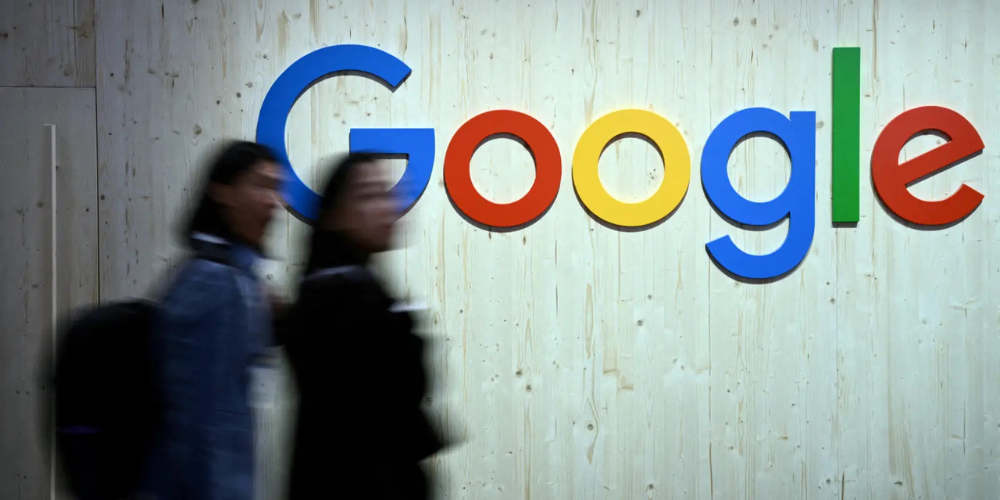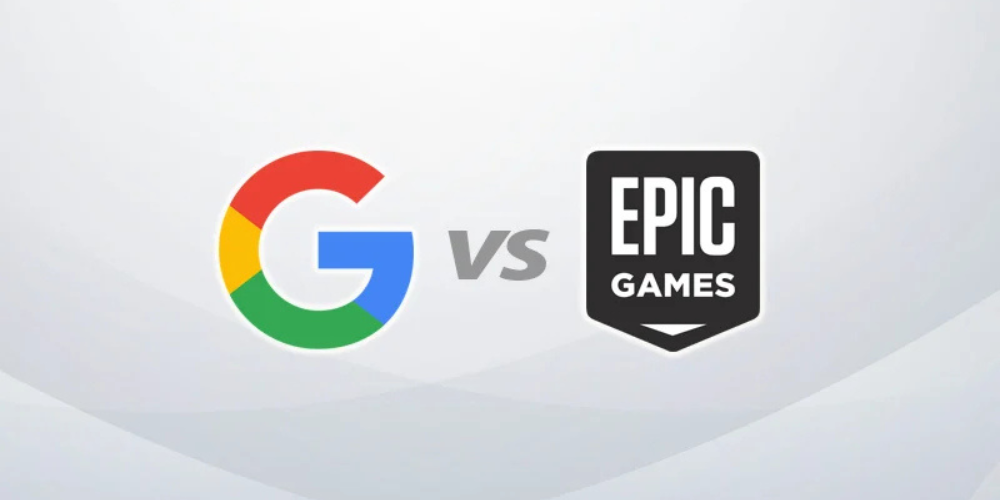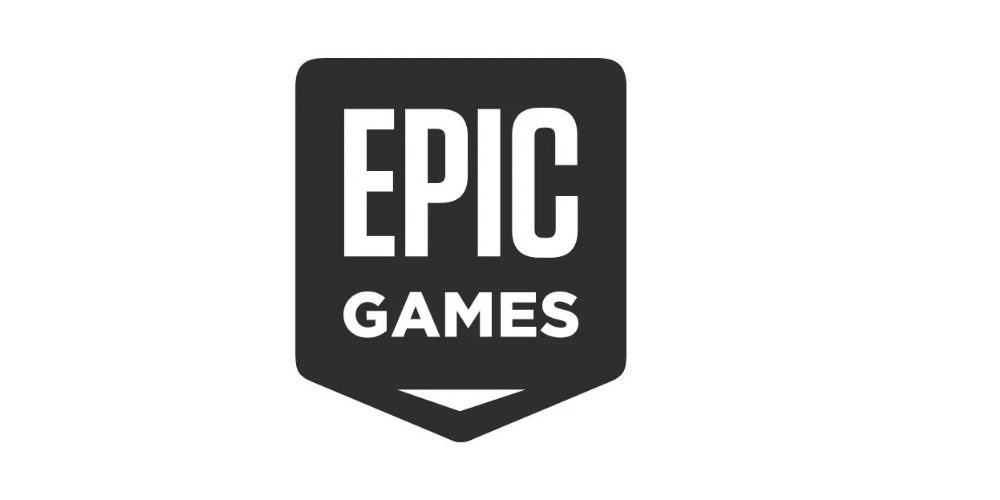Google Challenges Epic Ruling: A Tale of Two Tech Giants
Oct-07-2024

After a relentless four-year legal battle, Google finds itself at the center of an antitrust ruling, accused of engaging in anticompetitive behavior aimed at marginalizing third-party app distribution. Now, as the tech giant prepares its appeal, it pivots to a seemingly simple question: “Why not Apple?” This query underscores a complex web of competitive practices, regulatory scrutiny, and the broader implications for tech markets worldwide.
Apple vs. Google: Competing Entities

Google's appeal makes a clear argument that it and Apple are direct competitors, both vying for the attention and approval of consumers. The competition is real, particularly as both companies strive to expand their influence and market share across various technology sectors. However, the surface-level comparison of Google’s diverse offerings to Apple's integrated ecosystem misses a deeper understanding of how each company uniquely positions itself within the tech landscape.
While Google follows a broader, more inclusive market approach, Apple focuses on a tightly controlled, vertically integrated system. This difference is central to the debate over competitive practices and opens the door to examining each company's strategy and its impact on consumer choice and innovation.
Developer Dynamics: A Shared Focus
The jury's decision underlines a critical point in Google's strategy — the direct competition with Apple for app developers. This focus highlights the dependence of both tech giants on third-party developers to enrich their platforms. However, Google's argument draws attention to the regulatory disparities each company faces, hinting that similar conditions should, in theory, apply across the board.
The case rests on a nuanced balance between fostering developer innovation and controlling the economic environment within which these developers operate. Google's emphasis on its relatively more open policies, as opposed to Apple's strict entry criteria, invites broader discussion on the fairness and effectiveness of such frameworks in driving technological advancement.
The Open Market Debate

Google points to Android's open nature and the availability of alternative app distribution options outside the Google Play Store. While this openness should, in theory, encourage competition and consumer choice, the ruling suggests otherwise, shedding light on potential internal policies that may skew the market in favor of Google's native distribution tools.
This argument speaks to the broader challenge of operating within an open system where theoretical freedom does not always translate into practical application. It highlights potential internal inconsistencies in Google's approach, suggesting a disconnect between its stated principles and on-the-ground practices.
Tim Sweeney's Insight: A Voice of Reason?
Epic CEO Tim Sweeney adds an important perspective, pointing out evidence of Google's explicit attempts to favor its app distribution services over third-party options. This critique forces an examination of the difference between public-facing policies and backdoor practices, urging transparency and fairness in operations.
Sweeney's insights emphasize the importance of scrutinizing tech giants' internal communications and strategies to ensure genuine competitive opportunities, further complicating Google's position as it reflects on its approach to maintaining a fair and open marketplace.
Rahman's Commentary: Android's Dual Nature

Tech expert Mishaal Rahman offers a nuanced take, highlighting Android's inherent openness as a catalyst for Google's contested policies. He draws a parallel with Apple, noting how its closed ecosystem inherently eschews such competition, thereby sidestepping accusations of anticompetitive behavior.
This analysis offers a framework for understanding the differences between the platforms, underscoring Apple's insulation from similar legal challenges due to its fundamentally different operational model. Rahman's perspective is crucial for unpacking the competitive dynamics that shape today's mobile app ecosystems.
Legal Implications: Beyond the Courtroom
As Google advances its appeal, the legal community closely watches the outcome, understanding that the ruling may set precedents for future antitrust cases within the tech industry. The decision’s reach extends beyond Google and Apple, affecting regulatory approaches globally.
Legal experts contend with complex questions about how antitrust laws can evolve to address the rapidly shifting terrain of digital markets. The outcome holds the potential to redefine boundaries of fair competition, affecting both established entities and budding innovators alike.
Public Reaction: A Divided Audience

Public opinion on the ruling and subsequent appeal is polarized, with some echoing Google's sentiment while others champion the court’s decision as a necessary check on tech giants’ power. This split perspective underscores the broader debate about corporate influence, consumer rights, and the role of regulation in curbing or enabling technological growth.
This multifaceted discourse reflects a society grappling with questions about the benefits and pitfalls of technological advancements and the essential role of governance in mediating these impacts.
What's Next: A Long Road Ahead
With Google's appeal paving the way for an extended legal showdown, both industry watchers and the public brace for a drawn-out process with significant implications. The tech giant must navigate the intricacies of legal negotiations while balancing its public image and business operations.
As developments unfold, attention remains on how Google restructures its policies and positions itself for future challenges. The outcome promises to influence how global technology companies strategize and adapt in an ever-evolving digital landscape.
Conclusion: Technology, Competition, and Change
As Google unravels the complexities of its appeal against the ruling's impositions, the proceedings underscore the challenges of fostering fair competition in an industry characterized by rapid innovation and transformative capabilities. These legal battles mark critical inflection points for understanding how antitrust regulations can evolve.
The interplay between innovation and competition continues to spark dialogue on fostering a balanced ecosystem where technological advancements benefit consumers, innovators, and markets without tipping the scales disproportionately in favor of entrenched players.







